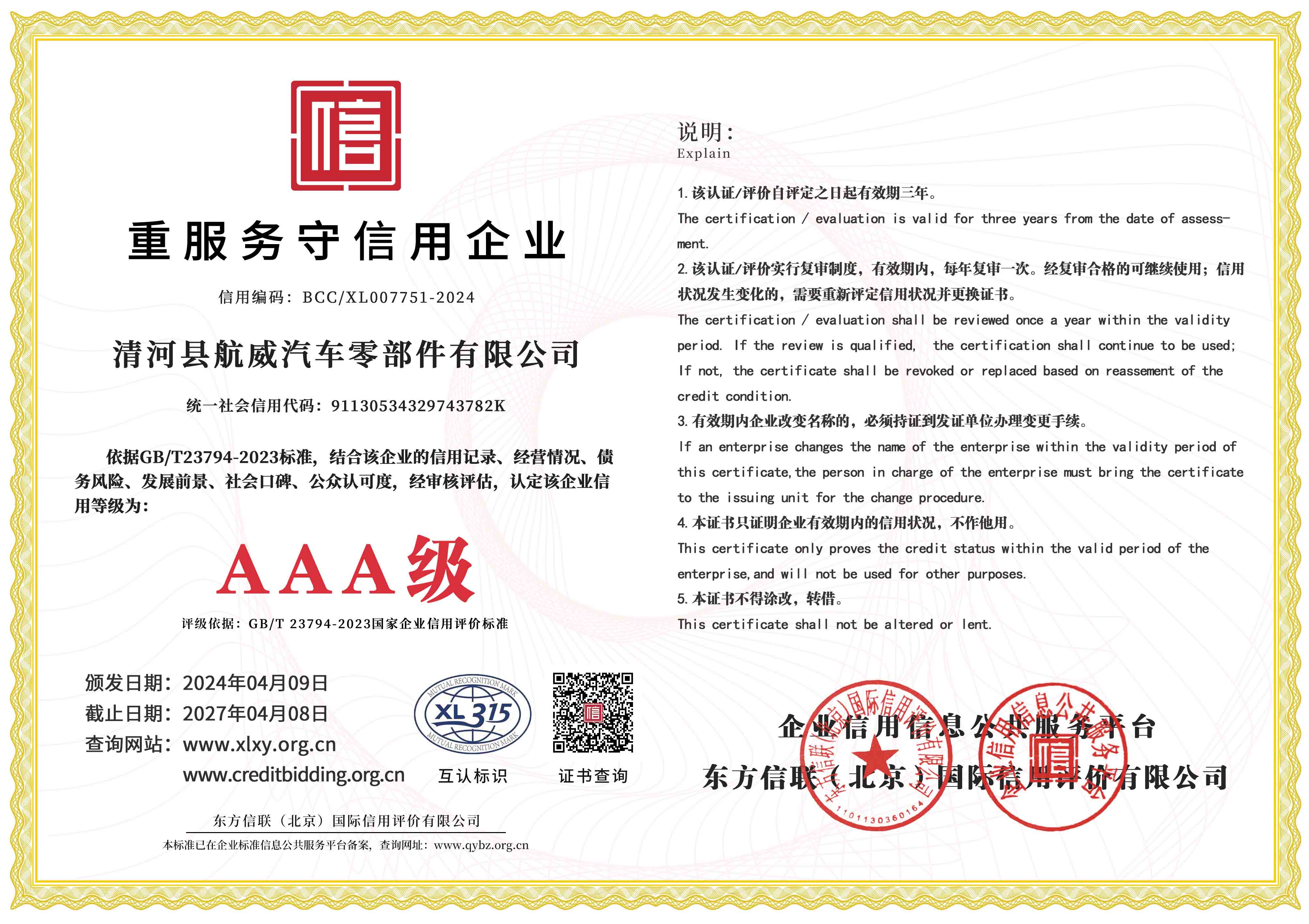small engine throttle cable
Understanding Small Engine Throttle Cables A Comprehensive Guide
In the realm of small engine technology, throttle cables play a crucial role in the functionality and performance of various equipment. Whether in lawnmowers, chainsaws, or even small recreational vehicles, the throttle cable is essential for controlling engine speed and power output. This article delves into the importance, function, maintenance, and troubleshooting of small engine throttle cables.
The Function of Throttle Cables
Throttle cables serve as a mechanical linkage between the throttle control (usually a lever or trigger) and the throttle valve on a small engine. When you adjust the throttle control, the cable transmits this movement to the throttle valve, which regulates the amount of air and fuel mix entering the engine. This, in turn, influences the engine's speed and performance.
When the throttle is opened, more air and fuel enter the engine cylinder, leading to increased power and speed. Conversely, closing the throttle restricts airflow, decreasing power and speed. Therefore, understanding how to maintain and troubleshoot throttle cables is vital for anyone operating small engine equipment.
Maintenance of Throttle Cables
Regular maintenance of throttle cables is essential to ensure their longevity and proper function. Here are a few tips to keep your throttle cable in top shape
1. Inspect Regularly Periodically check the throttle cable for any signs of wear, fraying, or damage. Pay close attention to the ends of the cable where it connects to the throttle control and the throttle body. Any visible signs of deterioration should prompt immediate replacement.
2. Lubricate Some throttle cables may require lubrication to function smoothly. Refer to the equipment manual for specific recommendations on the type of lubricant to use. A well-lubricated cable will operate more freely and reduce the risk of sticking or binding.
3. Tension Adjustment Ensure the throttle cable is properly tensioned. A cable that is too loose may cause erratic throttle response, while a cable that is too tight can lead to premature wear and difficulty in operation. Adjust the cable tension according to the manufacturer's guidelines.
small engine throttle cable

4. Keep it Clean Accumulation of dirt and debris can affect the cable's performance. Regularly clean the area around the throttle control and cable to prevent issues caused by buildup.
Troubleshooting Common Issues
Despite proper maintenance, you may encounter issues with throttle cables. Here are some common problems and their potential solutions
1. Sticking Throttle If the throttle lever is difficult to move or does not return to the closed position, the cable may be frayed or misaligned. Inspect the cable for any damage and ensure it runs freely without any obstructions. If necessary, replace the cable.
2. Unresponsive Throttle If the throttle control does not affect engine speed, check for disconnection between the throttle lever and the throttle valve. Also, verify that the cable is not broken or excessively worn. Reconnecting or replacing the cable may resolve the issue.
3. Excessive Play If there is too much play in the throttle control, this may indicate a need for tension adjustment. Follow the equipment’s guidelines for proper tensioning to restore normal function.
4. Noisy Operation Unusual noises when operating the throttle can be a sign of a dry or worn cable. Apply lubricant to the throttle cable or replace it if necessary.
Conclusion
Understanding the role and maintenance of small engine throttle cables is essential for ensuring optimal performance and longevity of your equipment. Regular inspections, proper lubrication, and timely adjustments can prevent many common issues. By taking the time to care for your throttle cable, you can enhance the reliability of your small engine equipment and enjoy a smoother operational experience.
In summary, while small engine throttle cables may seem like a simple component, they play a pivotal role in the overall efficiency and performance of machinery. Whether you’re a hobbyist or a professional, mastering the fundamentals of throttle cable maintenance can save you time, reduce costs, and improve the functionality of your tools.
-
Workings of Clutch Pipe and Hose SystemsNewsJun.04,2025
-
The Inner Workings of Hand Brake Cable SystemsNewsJun.04,2025
-
The Secrets of Throttle and Accelerator CablesNewsJun.04,2025
-
The Hidden Lifeline of Your Transmission Gear Shift CablesNewsJun.04,2025
-
Demystifying Gear Cables and Shift LinkagesNewsJun.04,2025
-
Decoding Clutch Line Systems A Comprehensive GuideNewsJun.04,2025
